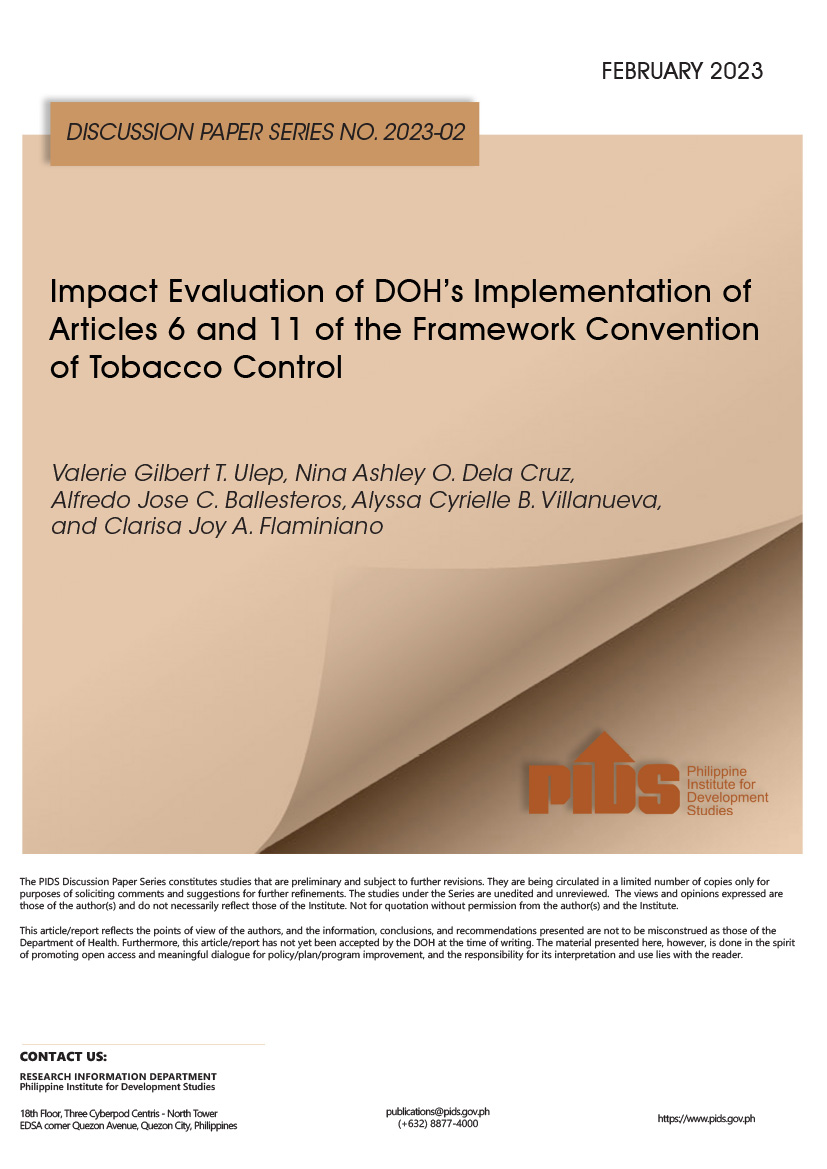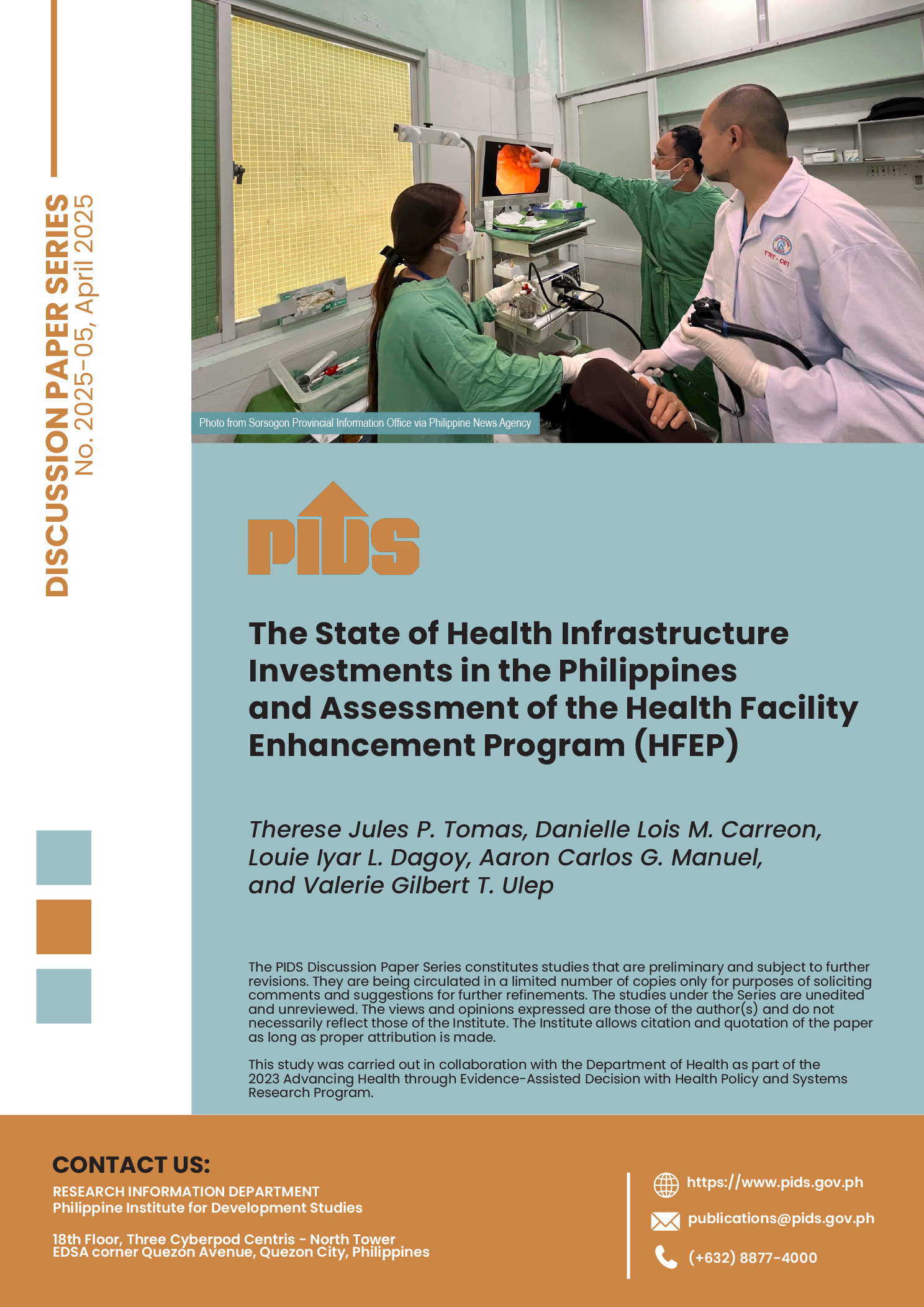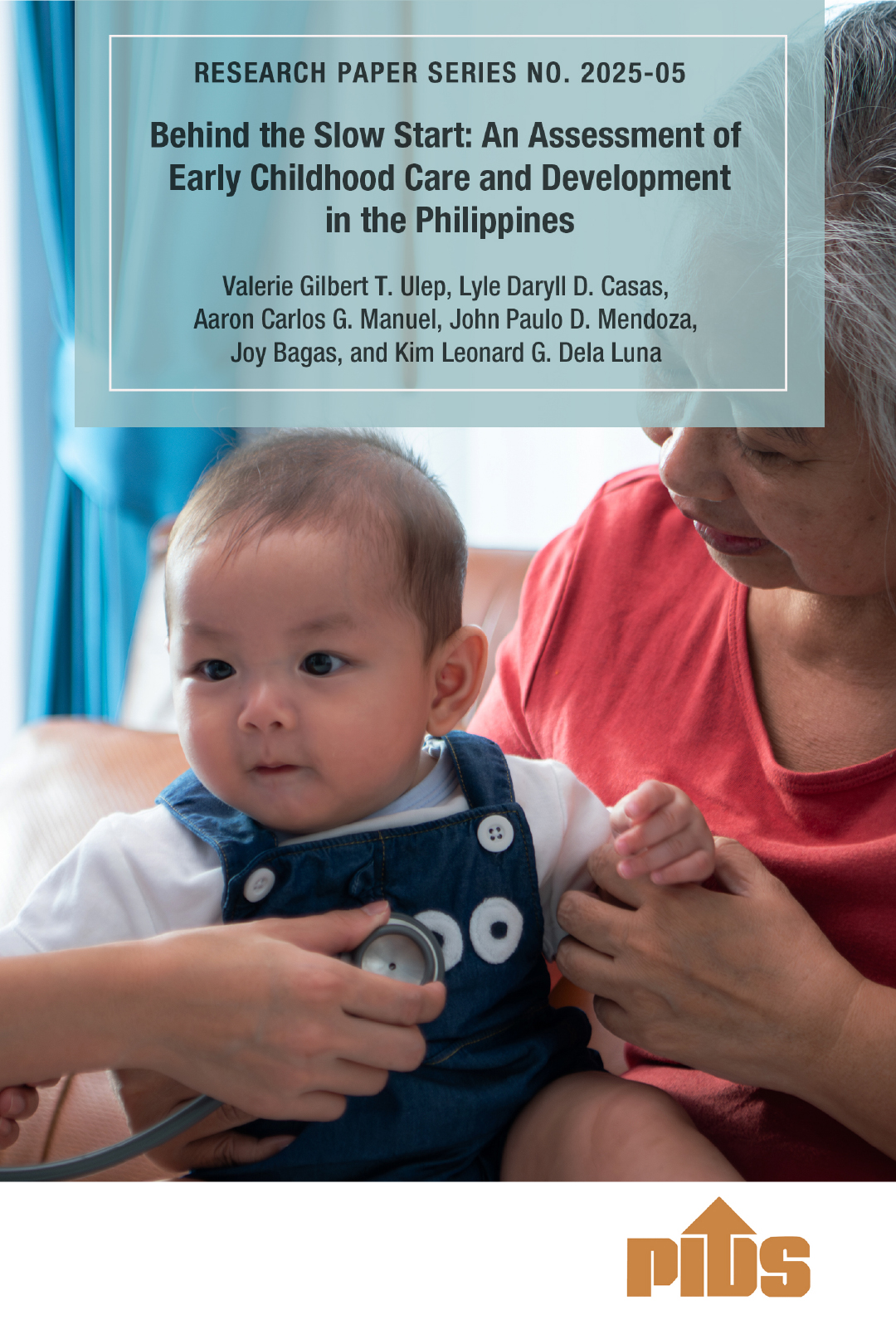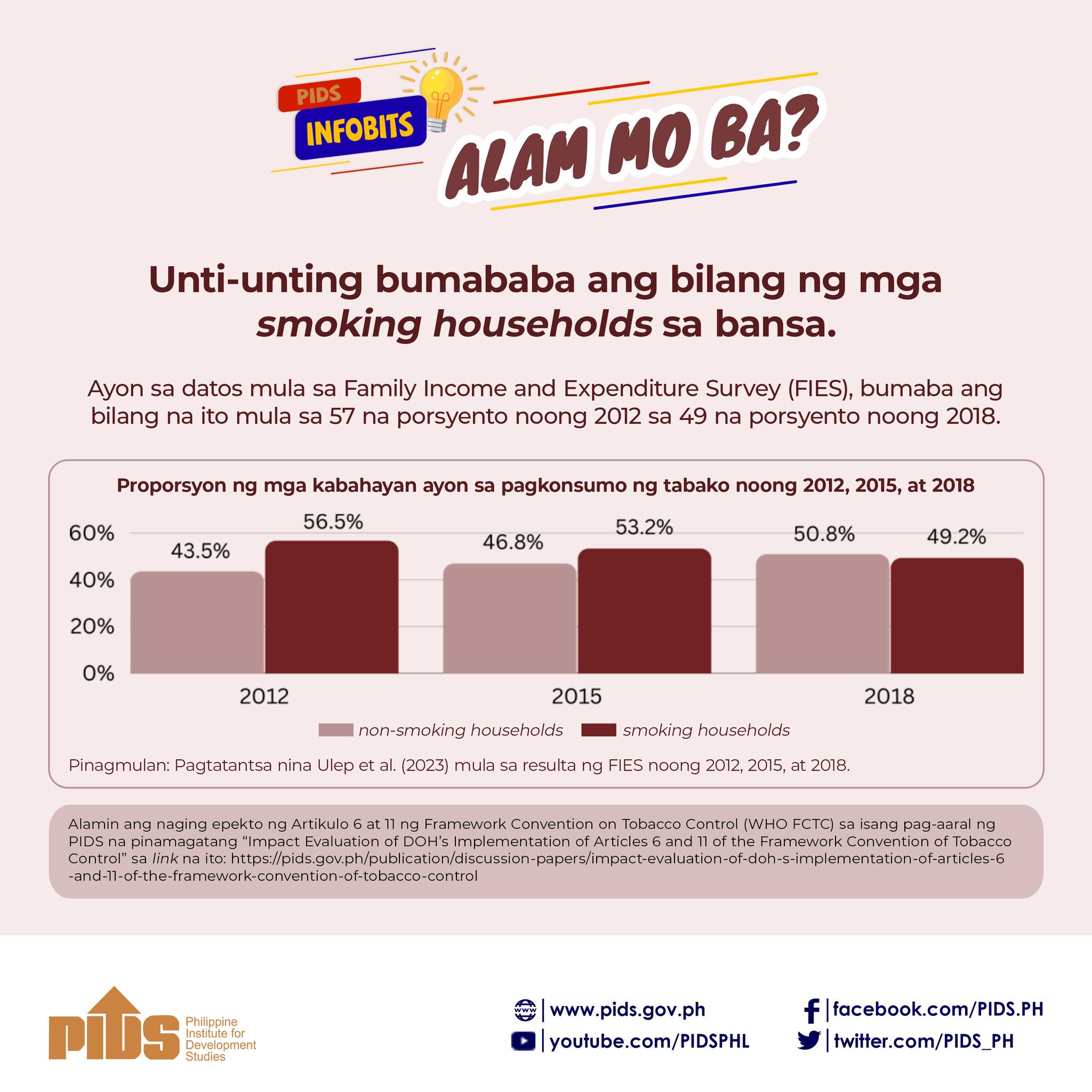In the Philippines, graphic health warning (GHW) labels are replaced every two years with new designs. As a result, it is critical to assess whether the law is accomplishing its goal of reducing cigarette demand and smoking initiation among the youth. This study aims to evaluate the impact of GHW on cigarette packaging in terms of cigarette demand, number of smokers, and smoking initiation. The potential impact of GHW on smoking demand was evaluated using a discrete choice experiment (DCE) method. According to the research, dark-colored packaging and larger pictures on GHWs had a statistically significant influence on reducing cigarette demand by 5 percent. We also discover that the GHW will result in a 750,000 reduction in smokers. On the effects on nonsmokers, the new dark-colored GHWs reduce nonsmokers' probability of buying cigarettes by 6 percent. However, plain gray packaging increases cigarette consumption by 10 percent for both smokers and nonsmokers. Therefore, the findings of this study are instrumental in the transition to new GHW or plain packaging designs and will support the advocacy for better tobacco prevention and control measures in the Philippines. Based on our results, we recommend the image of diseases be large, more graphic, and printed on dark-colored packaging to reduce cigarette demand and smoking initiation. In addition, the images of the diseases should be easily recognizable, so smokers will be prompted to think that they could also contract the same diseases if they continue their smoking habits.
Comments to this paper are welcome within 60 days from the date of posting. Email publications@pids.gov.ph.













